The flag of the Florianópolis municipality was created by law number 1409 of 17 March 1976, in the same year we were celebrating 250 years of political-administrative emancipation, for the purpose of symbolizing our municipality. Its characteristics are: a white rectangle, of 8 units by 11 units, cut by two red stripes, which are the colors of our state. These stripes are placed in the upper and lower extremities of the white rectangle, which has at the center the municipal coat of arms, created by law number 1408 of 15 March 1976, excluding the supporters of the shield.
The new coat of arms of the Florianópolis municipality is composed of a shield of Portuguese type, divided horizontally with a golden rising sun on blue field. In the base, three wavy bars of silver represent the sea. The island [of Santa Catarina] is symbolized by a golden escutcheon in the center of the shield, bordered in red and containing the Cross of the Order of Christ which represents the Azores and their people, the settlers of the island. Above the shield, there's a golden mural >crown, symbol of fortified cities as Desterro [previous name of Florianópolis--ed.] was. The coat of arms rests on a blue scroll, having at the center the word "Florianópolis, preceded by the date 1726, the year when the Municipality was founded with the rank of town and when the first municipal executive was installed, and followed by the date 1823, the year when the municipality was upgraded to the rank of city.
On the right side of the arms [as a supporter not shown on the flag--ed.] is a representation of the bandeirante Dias Velho, founder of Desterro (the old name of Florianópolis), and on the right side a representation of an officer of the Infantry Regiment of the Line of the Island of Santa Catarina, inexplicably nicknamed the "Green Belly Regiment," dressed according to the regulation uniform of the Portuguese Army.
The new coat of arms of Florianópolis was created by municipal law number 1408 of 15 March 1976, according to the suggestions of a commission composed of Professors Oswaldo Rodrigues Cabral, Vitor A. Peluso Jr., and Carlos Humberto P. Correa. (crwflags)
City: Florianópolis (Floripa)
State: Santa Catarina
Country: Brazil
My Commentary: Florianópolis is an impressing city, very urban but having beaches, it has all the structure for a modern kind of life with good options for relaxation during summer in a Brazilian style, apart of its richness in History. Because it's part of the South and Santa Catarina, it's possible to identify the positive difference of its people and the way of general organisation.
Links:
Interesting Facts:
- Florianópolis is the second most populous city in Santa Catarina (the first is Joinville)
- The major part of Florianópolis' territory is the Island of Santa Catarina, connected to the continent by three bridges.
- The Portuguese colonists in the region built several forts on the coast of Santa Catarina to protect the colony of Spanish. Some were erected in Florianopolis, as Santa Cruz, Nossa Senhora da Conceição, São José da Ponta Grossa and Santo Antonio.
- Unlike Vale do Itajaí, where the accent of the population is the typical of the South, Florianópolis has a Portuguese accent. The reason is simple: while the Itajaí Valley was settled by immigrants from continental Europe, Santa Catarina's coast had mainly immigrants from Açores.
- "Manezinho" is the therm used to describe (sometimes pejoratively) the typical country-side-like inhabitant of Florianópolis, mainly the ones who come from the Island of Santa Catarina.
- The symbol-tree of Florinapólis is the Guarapuvu (Schizolobium Parahyba) and the bird is the Martim Pescador Verde
History of Florianópolis: Carijós Indians, a Tupi people, were the first inhabitants of Florianópolis area. The traces of its presence are verified through archaeological sites and sambaquis dating up to 4000 years ago. The Indians called the place Meiembipe or "mountain along the channel".
Around 1514 the Portuguese landed and gave the area the name Ilha dos Patos, but in 1526 it was renamed Ilha de Santa Catarina (Saint Catherine Island). The area supplied the vessels that went to the River Plate (Río de la Plata) Basin.
The official settlement of the island began in 1673 with the arrival of bandeirante Francisco Dias Velho's agricultural company and it continued in 1678 with the construction of a chapel consecrated to Nossa Senhora do Desterro. At this time a villa began to take form, slowly becoming a colonial settlement.
To guarantee its domain the Portuguese Crown elevated Santa Catarina Island to the category of village in 1714 with the name of Nossa Senhora do Desterro and already in 1726 they promoted it again, now to the category of town.
From this date on Vila do Desterro and mainly the port began to have a strategic function because it was situated halfway between Rio de Janeiro and Buenos Aires, possibly two of the largest seaside cities of South America at that time. For this reason in 1739 the Capitania da Ilha de Santa Catarina was created and Desterro became its capital. Soon the most expressive seaside defensive ring of Southern Brazil started to be built: Santa Cruz, São José da Ponta Grossa, Santo Antonio and Nossa Senhora da Conceição da Barra do Sul fortresses.
With the coming of the Captaincy the population began to grow, but the great population growth happened between 1747 and 1756 with the arrival of about 6,000 settlers coming from the Archipelago of Azores and from Madeira Island. The development of the agriculture, the cotton and linen industry and the commerce followed the Azorean occupation. In 1823, during the monarchy which ended in 1889, Desterro became the Capital of Santa Catarina Province opening a period of prosperity with many urban works and also intense political organization.
Regional elites not happy with the government centralization staged the Revolta Federalista (Federalist Revolt) at the beginning of the Brazilian Republic. The movement that started in Rio Grande do Sul spread to Santa Catarina and turned Desterro into the Federalist Capital of the Republic. The then president of Brazil, Marechal Floriano Peixoto, known as Iron Marshal, suppressed the rebellion and ordered the shooting of many people who were considered enemies of the state, in the Anhatomirim Island Fortress
Anthem of Florinópolis:
Rancho de Amor à Ilha is the official anthem of the city of Florianopolis, written by Cláudio Barbosa Alvim (Zininho). It was chosen in 1965 through a contest sponsored by the municipality and then established by Law No. 877 of August 27, 1968, which was created by councilman Waldemar Joaquim da Silva Filho, known as Caruso.
Um pedacinho de terra,
perdido no mar!...
Num pedacinho de terra,
beleza sem par...
Jamais a natureza
reuniu tanta beleza
jamais algum poeta
teve tanto pra cantar
Num pedacinho de terra
belezas sem par!
Ilha da moça faceira,
da velha rendeira tradicional
Ilha da velha figueira
onde em tarde fagueira
vou ler meu jornal.
Tua lagoa formosa
ternura de rosa
poema ao luar,
cristal onde a lua vaidosa
sestrosa, dengosa
vem se espelhar...
Original video by Canal de CadeiraCativa sung by Julie Philippe and Wagner Segura
Trip To Florianópolis, Santa Catarina (January, 2008)
My Commentary: It wasn't my first time in Florianópolis, but the as the first time I was too young, this second time I could know and understand a little better of how things are in this city. My friend was my tour guide and I was impressed by Florianópolis, a very complete city, from Historical places to bars, from beaches to shopping centres.
Flags of Santa Catarina, Brazil and Florianópolis at Centro Integrado de Cultura
A fig-tree which is more than a hundred years (XV de Novembro Square)
Museu Major Antonio de Lara Ribas da Polícia Militar (Museum and Fort)
Força Pública de Santa Catarina (The old name for the Military Police): Uniform Infantry Soldier 1835
Hanger for guns used by the police containing many guns from Nazi supporters apprehended in Florianópolis during the times of the Second World War
A cannon grenade that fell on Florianópolis but fortunately didn't explode (info taken from the diary of Capitain Osmar Romão da Silva)
Me shooting the centralist troops of Getúlio Vargas
Miniatures
Miniatures
Miniatures
My friend at the museum
Sight from Santuário Nossa Senhora de Fátima
Presbiterian Church of the neighbourhood Estreito - I attended to the Sunday School
Sight from Santuário Nossa Senhora de Fátima
Sight from Santuário Nossa Senhora de Fátima


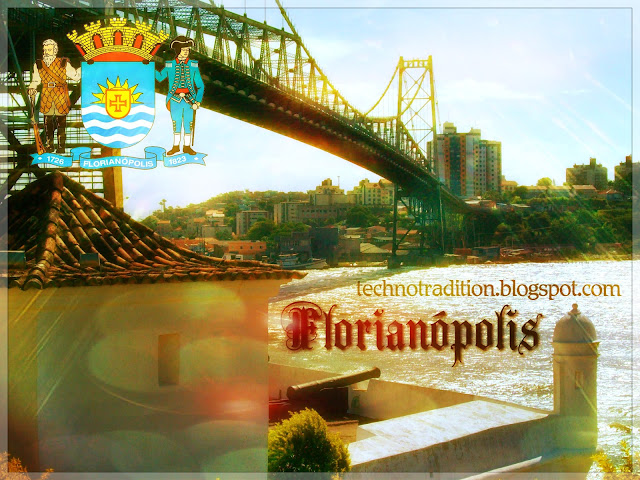













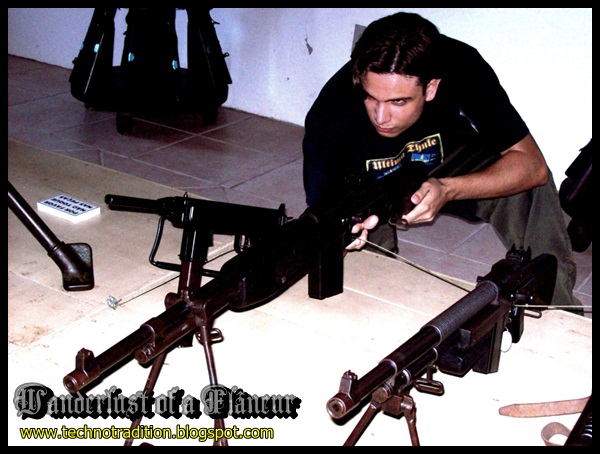

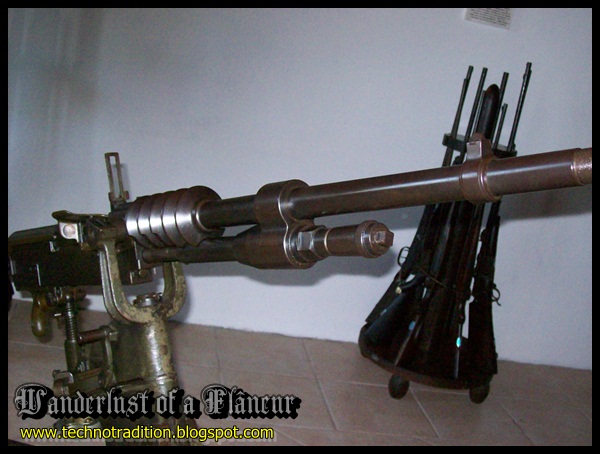
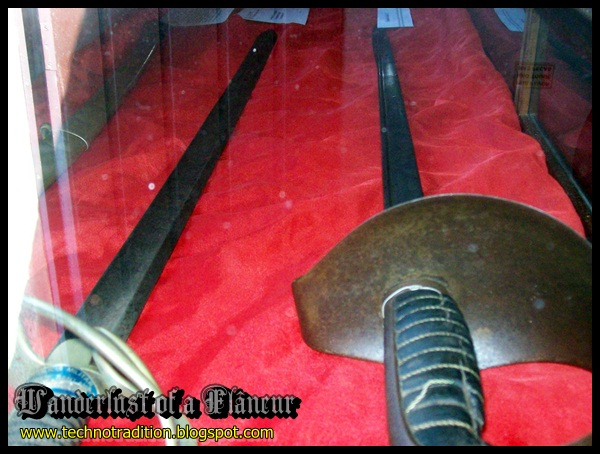




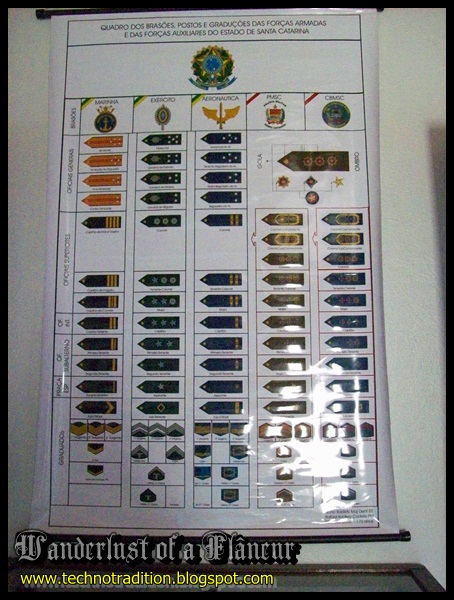
















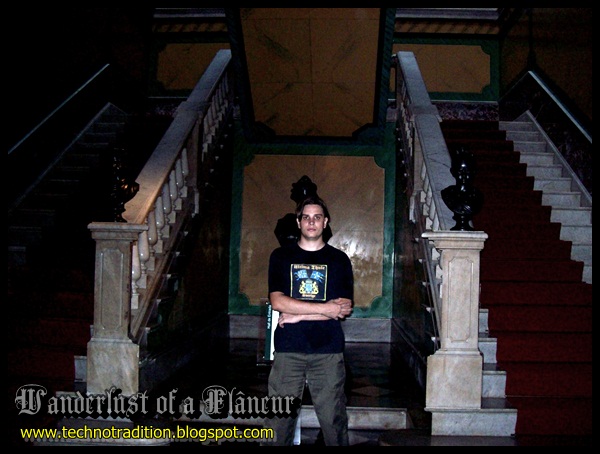
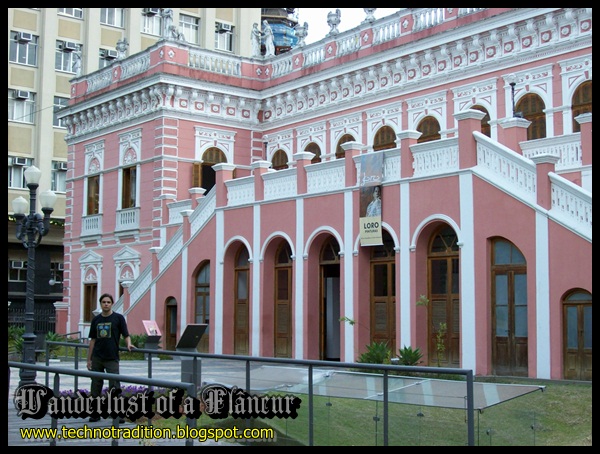

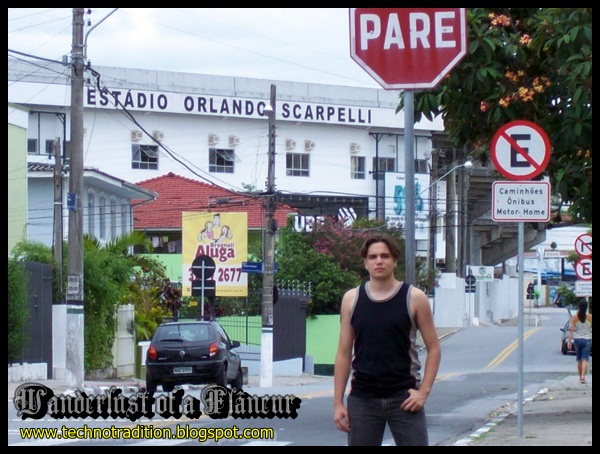






No comments:
Post a Comment